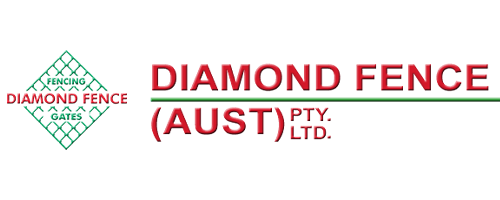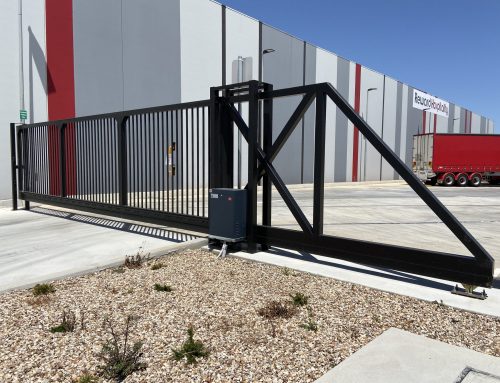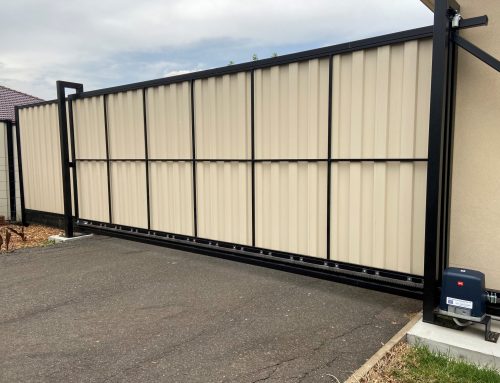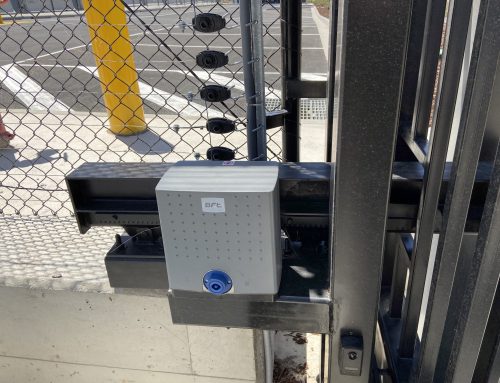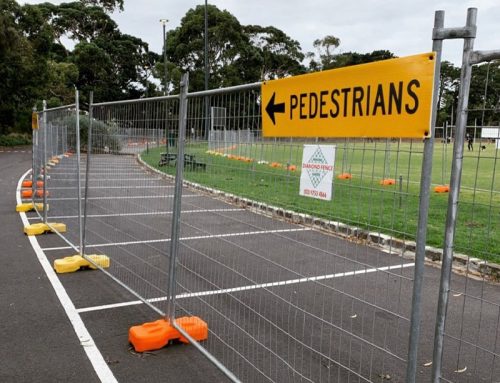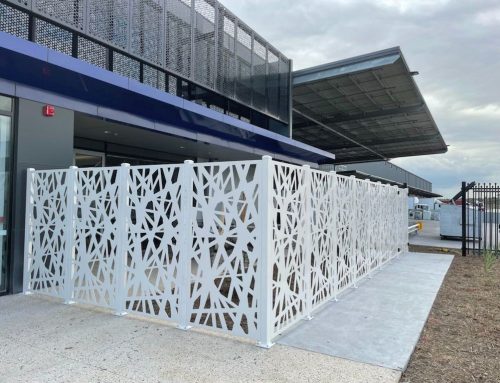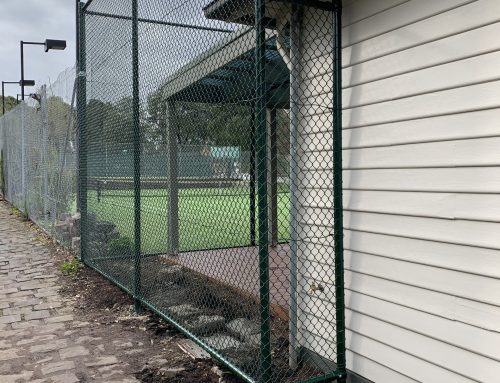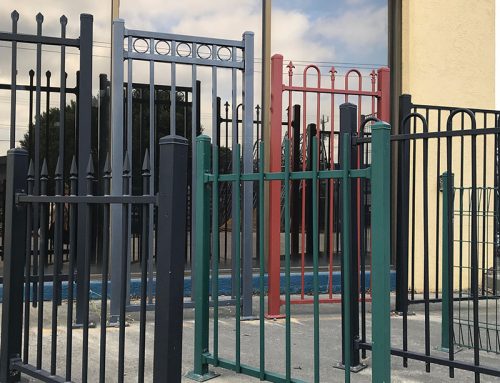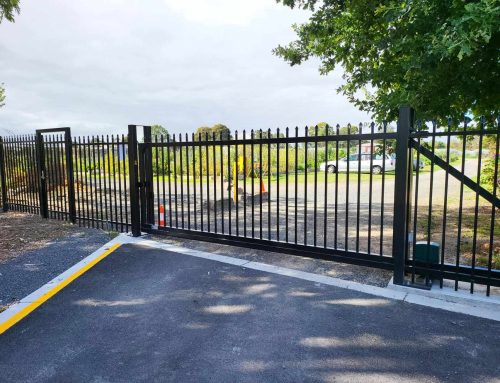The landscape around your premises can be a piece of art. Moreover, suitable fencing combined with a beautiful landscape can give your home a million-dollar appearance. One of the latest sports fencing projects by Diamond Fence included the installation of the tennis court fencing at Stratford, Country Victoria.
From the below images, you can discern that the green tennis court enclosure installed in a rural area is a view you cannot get tired of looking at.

Tennis court fencing options
When it comes to tennis court fencing options, there are several alternatives available. Most tennis court enclosures are usually constructed using black PVC coated mesh and posts. Why black? Black is a colour that suits most premises and environments. Moreover, it is visible for athletes playing tennis. Why PVC coated mesh? Firstly, let’s find out what is PVC. PVC is an acronym for polyvinyl chloride. It is the world’s third-most widely produced synthetic plastic polymer.
PVC is used in the production of many products. For example, pipes and profile applications such as doors and windows (rigid PVC). It is also used in manufacturing bottles, non-food packaging, food-covering sheets and bank cards. The softer form of PVC is used in plumbing, electrical cable insulation and flooring.
The softer form of PVC is also used in fencing to protect the fencing from any damage that tennis balls or occasional hits with the tennis racket can cause. Usually, tennis court enclosures are galvanized to protect them from corrosion. However, if the zinc coating that has been applied during the galvanization process gets scratched, the fence will be exposed to environmental factors (moisture). Covering the chain mesh with PVC will protect it from further damage while providing extra protection from corrosion.
Why do most tennis court enclosures use chain wire mesh?
Firstly, it is one of the cheapest fencing options. Secondly, security! Chain wire mesh is more secure compared to the other tennis court fencing alternative – pipe railings with cables.
The standard tennis court is 23.77 meters long and for singles matches, 8.23 meters wide. For doubles matches, the court is 10.97 meters wide. However, if the tennis court is not used for professional purposes, but one’s personal use, the size can be altered to the specific needs (e.g., depending on the space available).
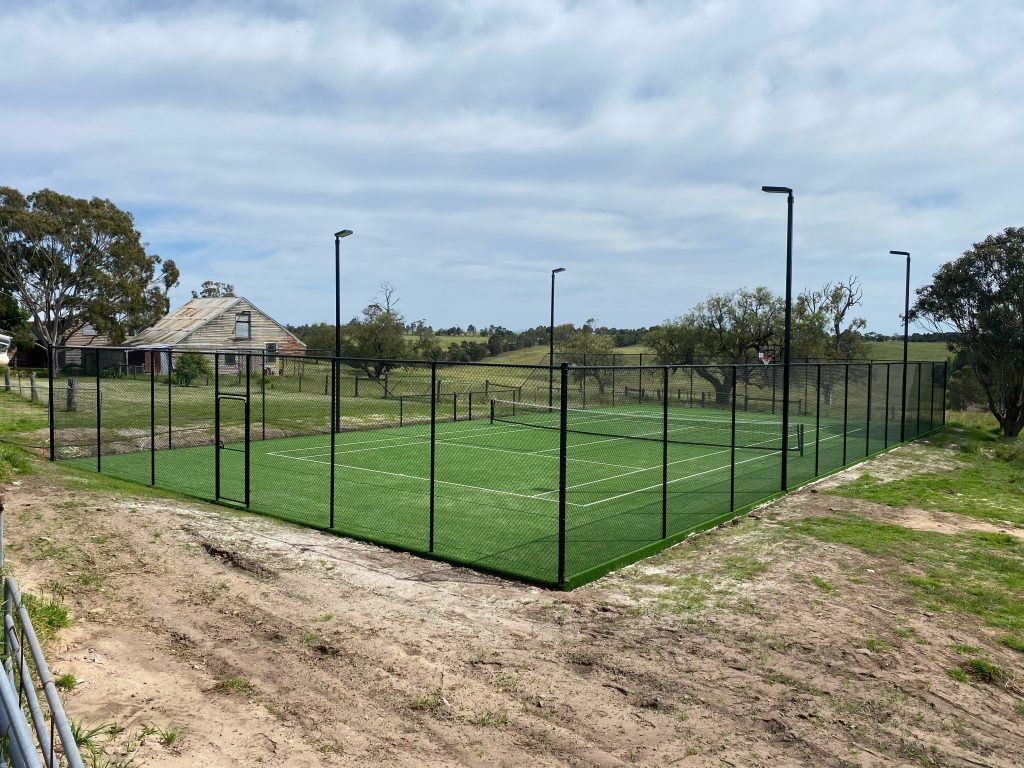
Maintenance of tennis court enclosures
When it comes to the maintenance of tennis court enclosures, there are several points to keep in mind.
Depending on the surface of your tennis court (turf or acrylic surface), you should clean your court regularly. With an acrylic surface, it might mean a monthly cleanup to look for mold or mildew in shaded areas. Also, check the corners as this is where organic debris tends to accumulate.
Furthermore, make sure to remove any standing water and foreign objects (leaves, pine needles) as it can cause further damage to the surface of the tennis court. Drainage for outdoor courts is essential because drain systems remove the excess water eliminating the problem of the water flowing back onto the court’s surface or even beneath it. When doing your regular checkups, look for any signs if the drainage system is not diverting the water away as it should as it may have suffered some damages to the structures and may need replacing.
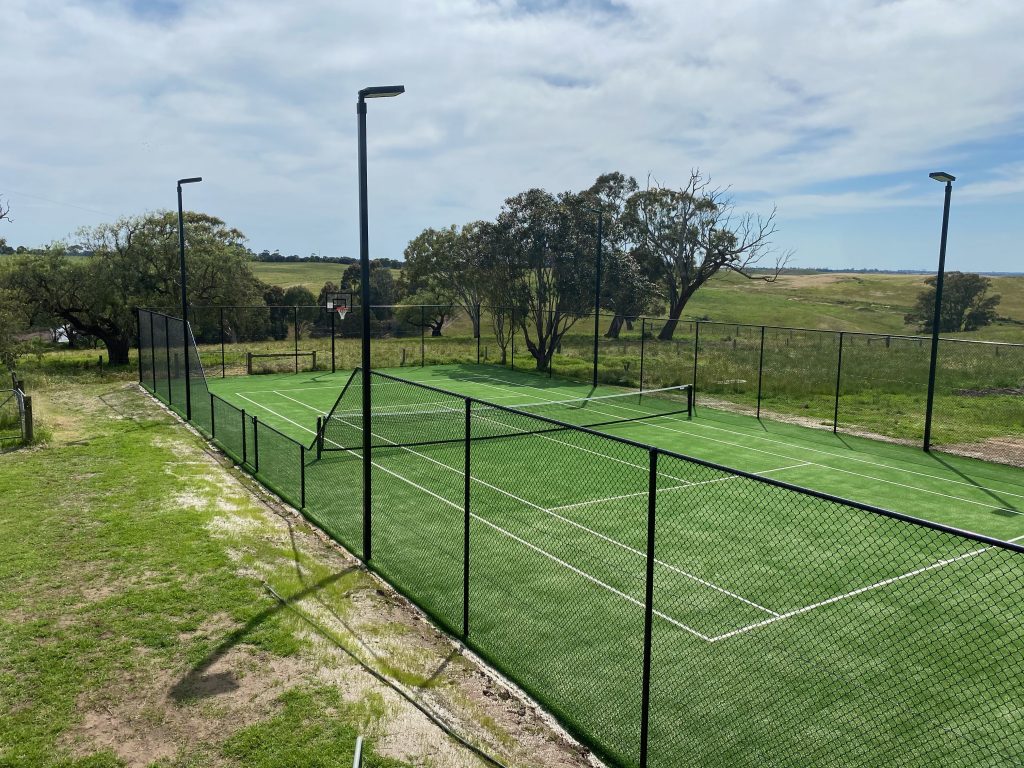
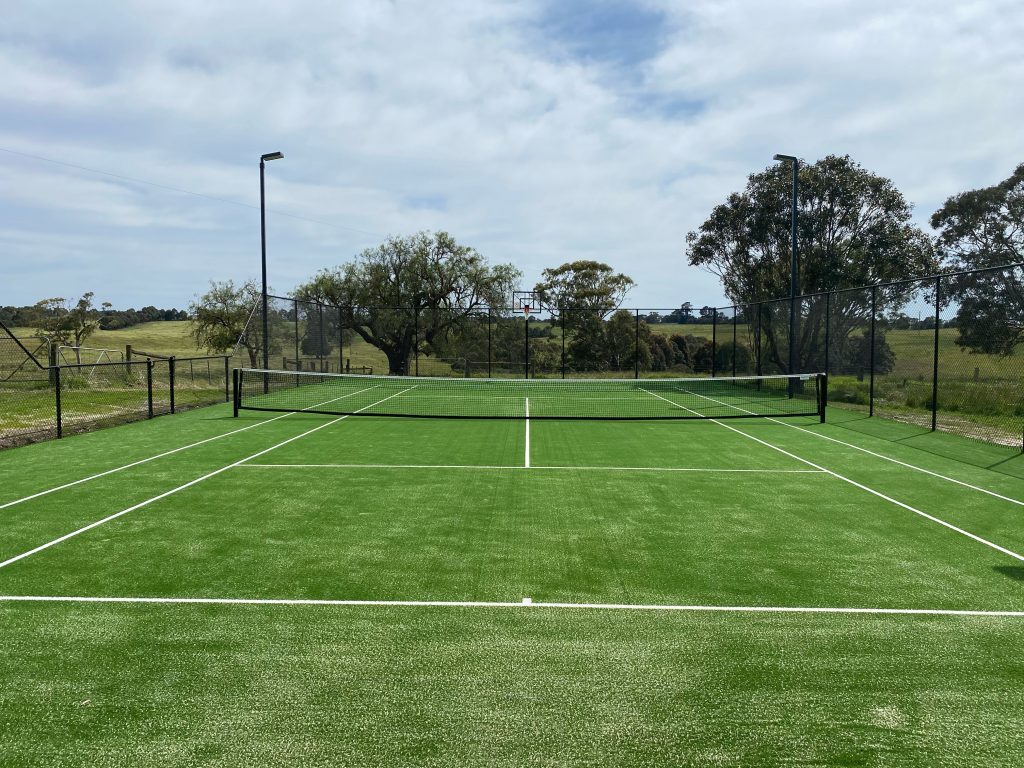
If you are looking for a sports fencing supplier, you can turn to Diamond Fence. Our friendly fencing team will help you with any tennis court fencing or other sports fencing enquiries.
Call us on (03) 9753 4566, shoot us an email on info@diamondfence.com.au or get a FREE online quote.
